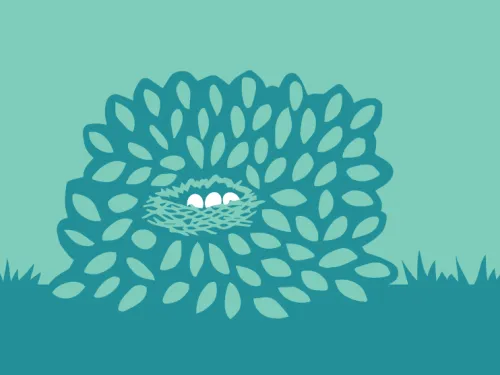
How to provide bushes for nesting birds
In the spring, birds choose the best locations to build nests, so why not offer them a safe place to settle?
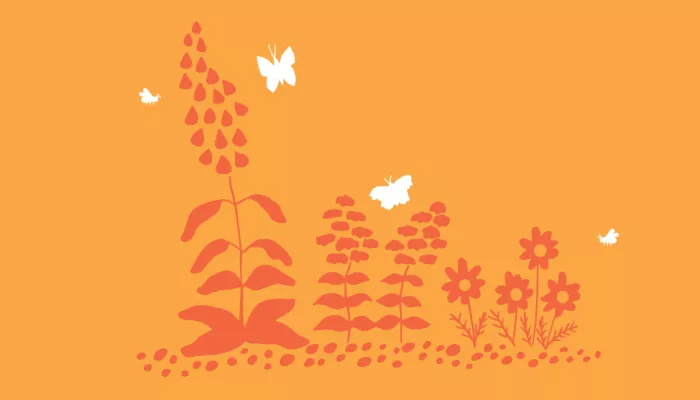
Surfaced spaces needn't exclude wildlife! Gravel can often be the most wildlife-friendly solution for a particular area.
Surfaced spaces have all kinds of uses. You may need off-street parking, or a low-maintenance alternative to a lawn; a path running between flower beds, or just somewhere to sit and enjoy the garden. There are many surfaces to choose from – paving slabs, poured concrete, granite sets, bricks, decking, turf … But, on balance, gravel can be one of the more hospitable options when it comes to wildlife. Not only is it low-maintenance and relatively cheap for you, but it provides the perfect environment for drought-tolerant planting, attracting wildlife when other parts of the garden may not.
Gravel provides the perfect environment for drought-tolerant planting, attracting wildlife when other parts of the garden may not

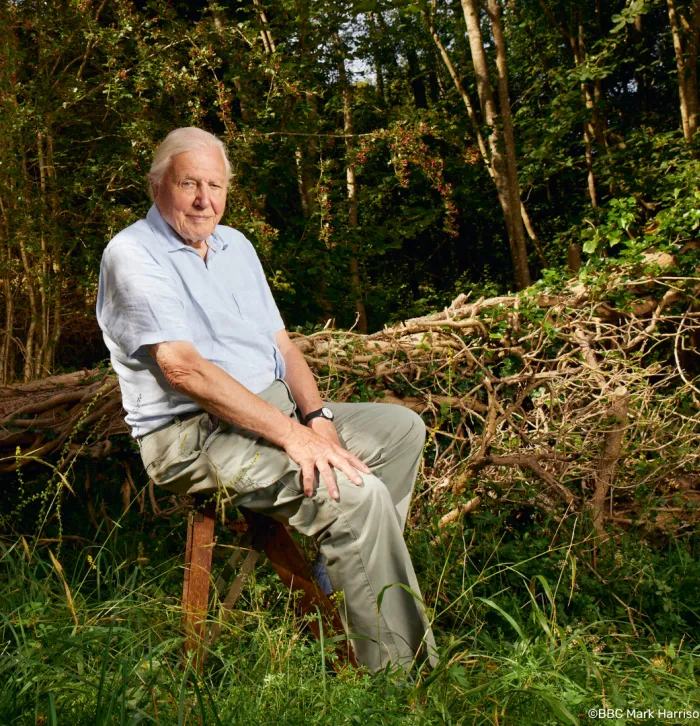

In the spring, birds choose the best locations to build nests, so why not offer them a safe place to settle?

Planting herbs will attract important pollinators into your garden, which will, in turn, attract birds and small mammals looking for a meal.

Nestboxes can harbour parasites so it is good practice to take them down at the end of the season and give them a clean. Likewise it is important to keep bird feeders clean to stop the spread of diseases.
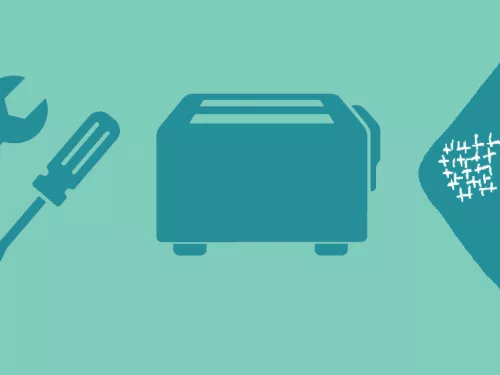
Recycle, upcycle - and make do and mend! Production of household waste needs to decrease by 33% by 2037 to reach emissions targets. So get out that needle and thread!

Be a wildlife saviour and do a litter pick or beach clean!
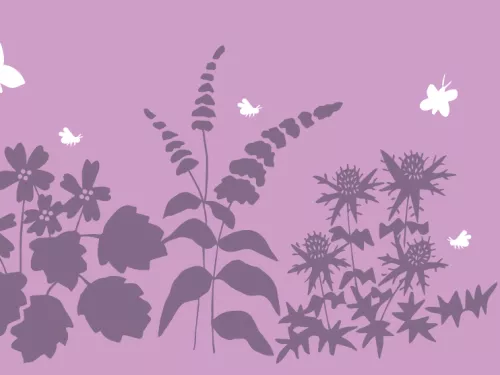
Set up a ‘nectar café’ by planting flowers for pollinating insects like bees and butterflies